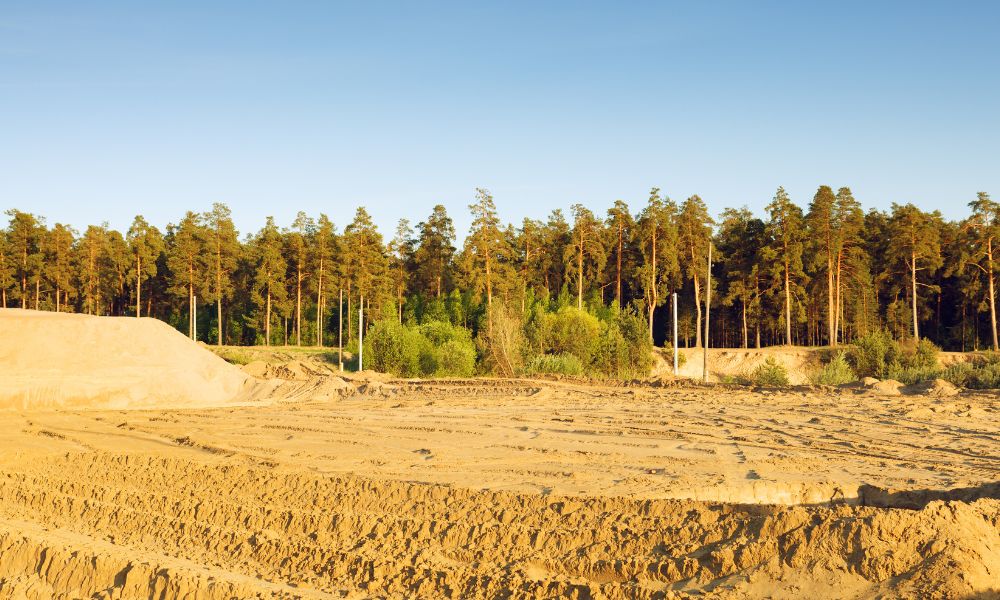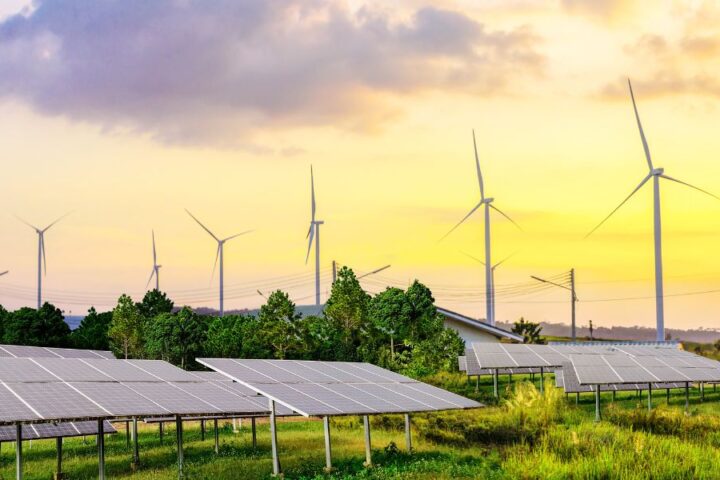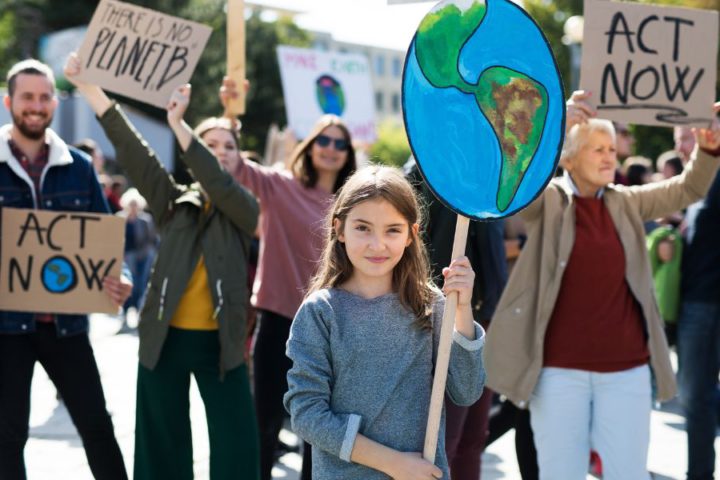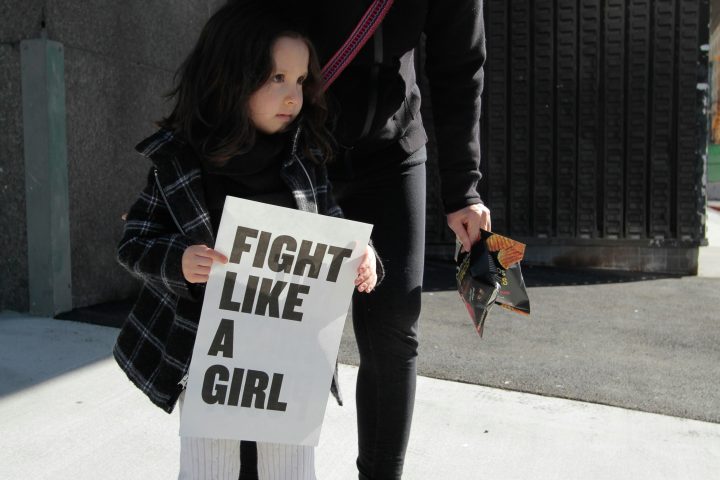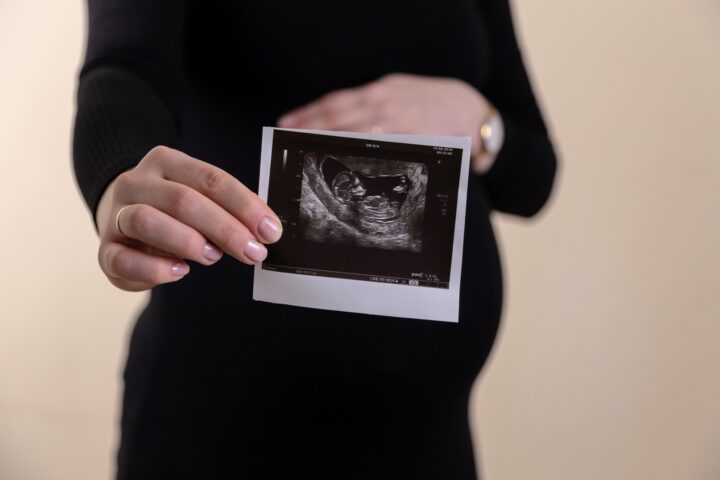Cities have caught on that considering tree conservation in urban development projects is critical to protecting residents in heat waves, helping purify the air, and combatting climate change. Trees play a vital role in mitigating local environmental problems like urban heat islands. They provide shade and cooling and contribute to the overall livability and sustainability of urban areas.
Urban Heat Islands
Urban heat islands are metropolitan areas that are significantly warmer than their surrounding rural areas due to human activity. According to the U.S. Environmental Protection Agency, the increased temperatures in these urban zones result from the prevalence of structures like roads, buildings, and other types of infrastructure that emit more of the heat they absorb—unlike the trees, bodies of water, or parklands these structures often replace. Heat islands make heat waves more miserable and create more severe health threats for people who don’t have access to air conditioning or shade.
Disparity in Tree Cover
Studies reveal a notable disparity in tree cover across different neighborhoods, often correlating with socio-economic status. Poor neighborhoods tend to have fewer trees, leading to less shade and higher temperatures. This lack of green cover further intensifies the urban heat island effect, making these areas less habitable.
Importance of Tree Planting and Conservation
Planting new trees can be as important as conserving existing ones. Trees have a significant impact on reducing heat, and they help mitigate climate change by absorbing carbon dioxide. They improve air quality by absorbing harmful gasses and collecting particulate pollutants, so residents breathe in less of them.
Urban development projects should aim for a balance between planting new trees and preserving existing ones in any land clearing project, and learn why professional lot clearing services—that include the expertise of a certified arborist—are critical to improving urban landscapes.
Role of Certified Arborists
Certified arborists play a vital role in achieving the best environmental outcomes for new and redevelopment projects in urban areas. These professionals have the knowledge and expertise to identify which trees they can conserve and how to minimize damage to preserved trees during construction. Their involvement ensures a responsible approach to urban development that respects and integrates the natural environment.
Considering tree conservation in urban development projects can help mitigate the impacts of urban heat islands, promote environmental justice, and enhance the quality of life in our cities.


